Have you ever felt overwhelmed by stress, only to take a deep breath and instantly feel a wave of calm wash over you? That’s the power of breath! But did you know there are entire practices built around harnessing the breath’s potential for well-being? Enter breathwork and meditation, two powerful techniques that can significantly impact your mental and physical health. While they share a lot of common ground, their approaches and benefits differ. Let’s delve into the world of mindful breathing and explore which practice might be the perfect fit for you.
Breathwork: The Active Art of Directed Breathing
Breathwork involves intentionally changing your breathing patterns to achieve specific physical and emotional states. Unlike our usual, shallow breathing, breathwork techniques emphasize deeper inhales and exhales, often with specific counts or rhythms. This conscious manipulation of breath can activate the body’s relaxation response, reduce stress hormones, and even boost energy levels.
The significance of managing stress is underscored by the World Health Organization, which highlights it as a major contributor to various non-communicable diseases. A detailed 2014 survey conducted with Harvard and published in a National Institutes of Health (NIH), covering over 115 million adults, found that a significant majority — 72% and 60%, respectively — report frequently experiencing financial and occupational stress.
In response to stress, experts recommend practices ranging from slow-paced to fast-paced breathwork. These techniques are designed to cater to various needs. For instance, box breathing involves inhaling for a count of four, holding for four, exhaling for four, and holding again for four. This simple method promotes relaxation and focus. On the other hand, more advanced techniques like holotropic breathwork can be quite intense, aiming for emotional release and heightened awareness.
Another prime example of breathwork is Tummo breathing due to its intricate techniques and profound effects on the mind and body. Tummo, also known as “inner fire”, involves controlled breathing exercises aimed at generating inner warmth and energy. Practitioners engage in specific breathing patterns to awaken the body’s latent heat and stimulate physiological processes.
One of the remarkable aspects of Tummo breathing is its ability to induce profound states of relaxation and concentration, while simultaneously increasing body temperature through conscious breath control. This practice highlights the power of breathwork in harnessing the body’s inherent capacities for healing and self-regulation.
Benefits of Breathwork:
A few benefits of breathwork include but are not limited to:
- Reduced stress and anxiety: Another NIH study says that by activating the relaxation response, breathwork helps lower cortisol (the stress hormone) levels, leading to a calmer state of mind.
- Improved emotional regulation: Breathwork can help us process and release pent-up emotions, fostering greater emotional resilience, according to the same study.
- Increased energy levels: Deeper, more efficient breathing patterns can improve oxygen intake and circulation, leading to a boost in energy.
- Enhanced focus and concentration: Breathwork techniques can help quiet the mind and improve our ability to concentrate.
Meditation: Cultivating Stillness and Awareness

Meditation is the practice of focusing our attention and achieving a state of heightened awareness. Unlike breathwork’s active approach, meditation is more passive. The goal is to observe our thoughts and feelings without judgment, allowing them to come and go naturally. This practice can cultivate inner peace, improve self-awareness, and increase focus.
There are many different meditation techniques, each with its own approach. Mindfulness meditation, for instance, involves focusing your attention on the present moment, often by anchoring it on the breath or bodily sensations. Mantra meditation involves silently repeating a word or phrase to quiet the mind. Guided meditations use the voice of a guide to lead you through a visualization or a specific theme.
Benefits of Meditation:
These are some advantages of meditation:
- Reduced stress and anxiety: According to a study, regular meditation practice can significantly lower stress levels and improve emotional well-being.
- Enhanced self-awareness: Through meditation, we gain a deeper understanding of our thoughts, emotions, and reactions.
- Improved focus and concentration: The same study says that meditation trains the mind to be less reactive and more focused on the present moment.
- Increased compassion and empathy: By observing our own thoughts and feelings, we develop a greater capacity for understanding and compassion towards others.
Breathwork vs. Meditation: Finding Your Perfect Fit
While both breathwork and meditation offer a wealth of benefits, they cater to slightly different needs. Here’s a breakdown to help you decide which practice might be a better fit for you:
The Synergy of Breathwork and Meditation
The beauty lies in the fact that breathwork and meditation are not mutually exclusive. In fact, combining them can be incredibly powerful. Breathwork practices can be a fantastic preparation for meditation, helping to calm the mind and body before entering a more focused state. Similarly, the mental clarity gained from meditation can enhance your focus during breathwork exercises.
Contrasting Approaches of Breathwork and Meditation
While breathwork and meditation share common ground, they diverge in their approaches and emphasis. Breathwork, with its active manipulation of breathing patterns, tends to be more engaging and physically involved compared to the passive observation encouraged in meditation.
Additionally, breathwork often targets specific outcomes such as stress reduction or emotional release through intentional breathing techniques, whereas meditation prioritizes non-judgmental awareness of thoughts and sensations, aiming for a deeper sense of stillness and self-awareness. Thus, while both practices offer profound benefits for overall well-being, their distinct methodologies cater to different preferences and objectives on the path to mindfulness.
Choose Breathwork if:
- You’re looking for a quick and effective way to manage stress and anxiety.
- You prefer a more active and engaging practice.
- You want to improve your emotional regulation and release pent-up emotions.
- You find it challenging to quiet your mind in traditional meditation.
Choose Meditation if:
- You desire a deeper sense of inner peace and stillness.
- You’re interested in cultivating self-awareness and self-compassion.
- You want to improve your focus and concentration for daily tasks.
- You prefer a practice that requires less physical exertion.
Finding Your Breath
No matter which practice you choose, the key is to find what resonates most with you. Start by exploring different techniques through guided recordings or classes. Remember, consistency is key! Just a few minutes of daily practice can create a significant impact on your well-being. So, take a deep breath, embark on this journey of mindful exploration, and discover the transformative power of both breathwork and meditation.











